Customer master records contain data that control how business transactions are recorded and processed by the system. They also include all the information about a customer that you need
to conduct business transactions.
Customer Master records represent the subsidiary ledger that supports the balance sheet accounts for Accounts Receivable, Deposits Payable, and Unearned Income. Individual customer master records are referred to as customer accounts and represent the amount owed by the customer (in the case of accounts receivable) or the amount of deposit paid by a customer. These funds also include money that will be returned or amounts of money paid in advance by a customer in anticipation of receiving some goods or services from MWR or VQ Activities. Entries are posted to customer accounts either by entering a transaction (sometimes referred to as an “invoiceâ€) that establishes the receivable or liability against the customer. Payments against receivables are most frequently posted on a Daily Activity Record (DAR) as are payments received in advance or deposits. Invoices are entered, for example, when a returned check is received, when an individual hosts a private function at a MWR facility, or when a Command checks out of the Visiting Quarters and must be billed all room charges.
As noted above, some customer transactions represent liabilities instead of receivables. Such as the case of Unearned Income representing advance payment of a private function or trip/tour or payment of a deposit that will be returned to the customer (frequently used in gear rental). In these situations, posted amounts should NOT be recorded to the balance sheet accounts for receivables but to the correct liability account. Instead of creating multiple customer accounts for the same customer for multiple transactions, only one customer account is created for each customer and transactions are directed to the appropriate balance sheet account through the use of the SPECIAL General Ledger (GL) Indicator. By entering this “special GL indicator†at the time of transaction entry, the amount paid by a customer can be easily posted against the 251001 (Unearned Income) instead of the 131005 (Accounts Receivable.)
As noted in the above paragraph, some customer invoices are represented by General Receivables and others represent Returned Check amounts. These two situations require posting to two different balance sheet accounts (131005 and 132000 respectively for MWR/CIV/NFC). Again, at the time the transaction is entered, a “special GL indicator†is used to re-direct the posting for a returned check to the appropriate balance sheet account. In both instances noted above, the customer account balance still holds each transaction (no matter which balance sheet account is affected), however the Balance Sheet reflects each transaction in the correct G/L account.
Understand about Accounts Receivable overview, Create and extend customer master record, change or display the customer master record. Learn about blocking and unblocking and deleting the customers. Understand about the Accounts Receivable document entry overview and invoices (general receivables), fast entry invoices and searching for documents. Delete or park invoice documents. Learn about clearing open items and resetting cleared items.
Download/View the Manual of Beginners Guide for Accounts Receivable (PDF).



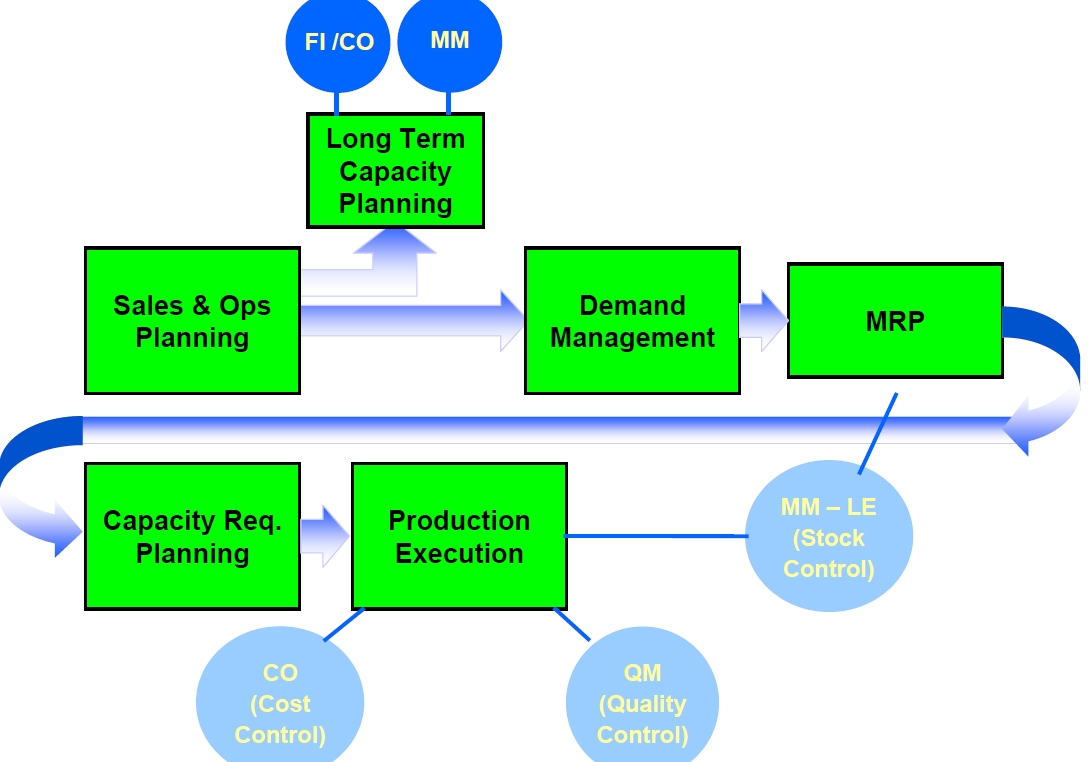

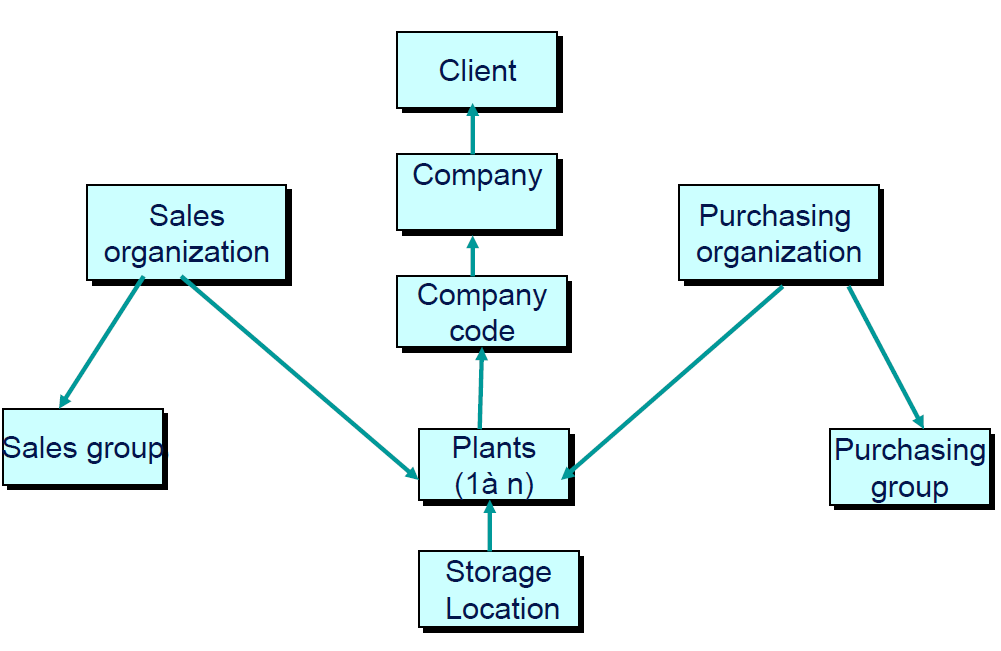
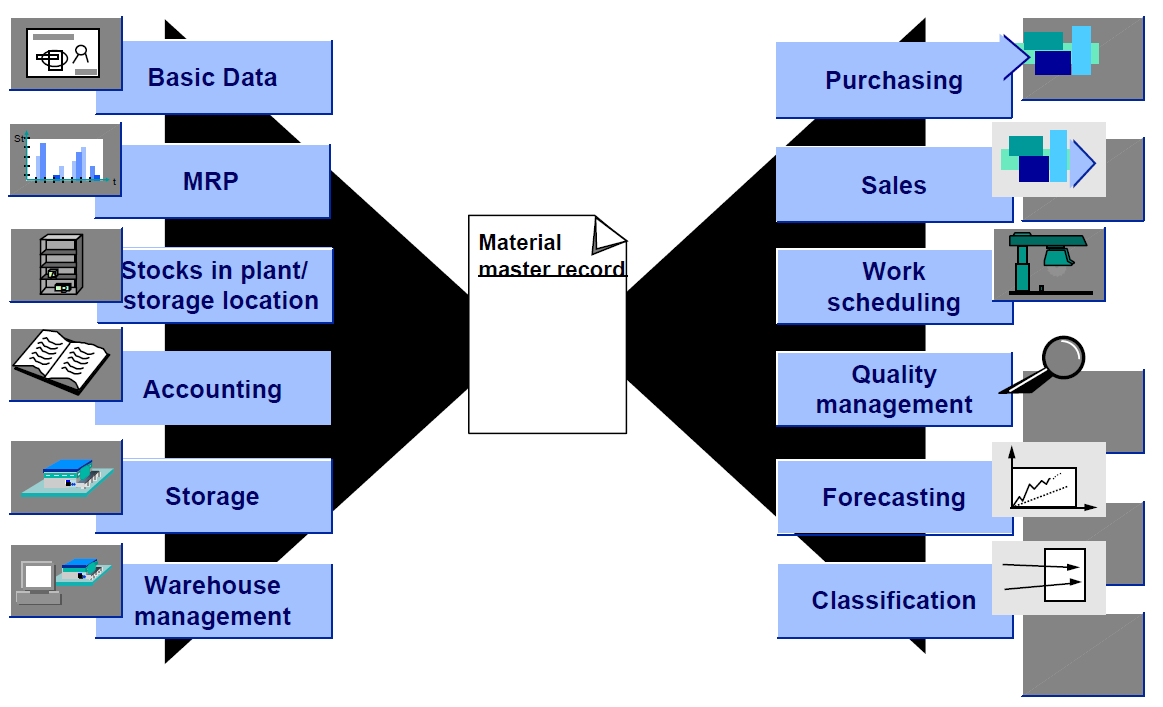
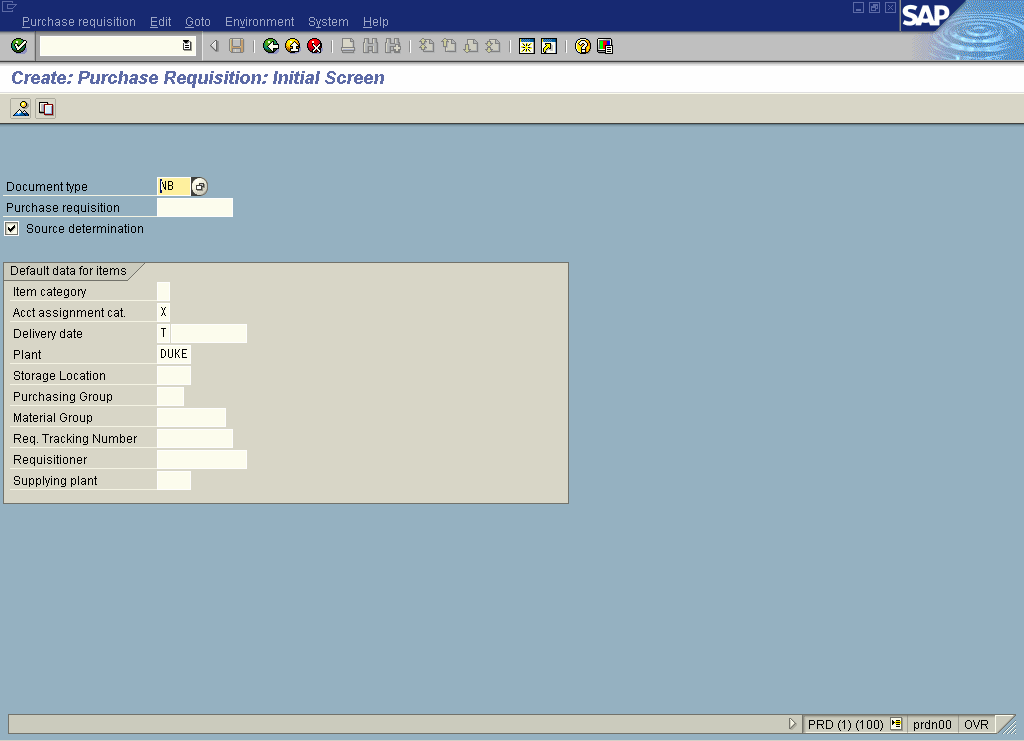
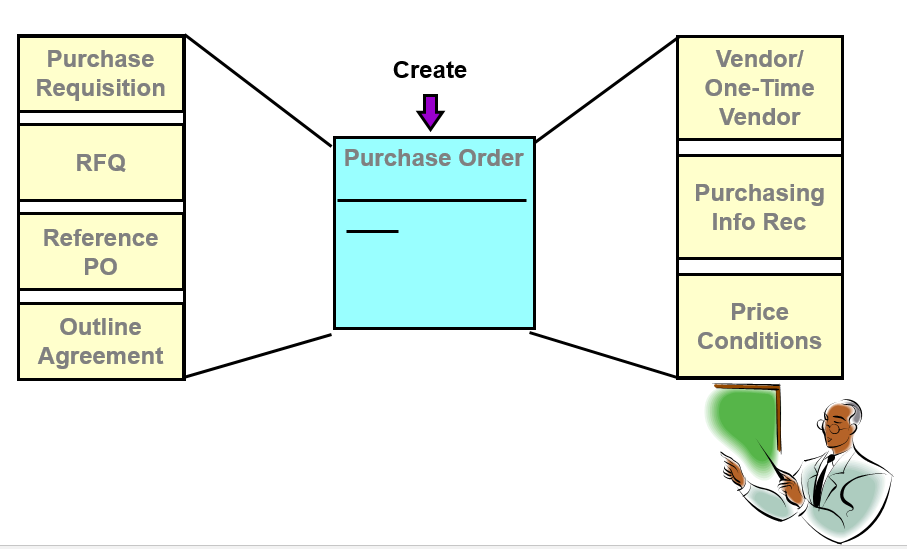
Leave a Reply